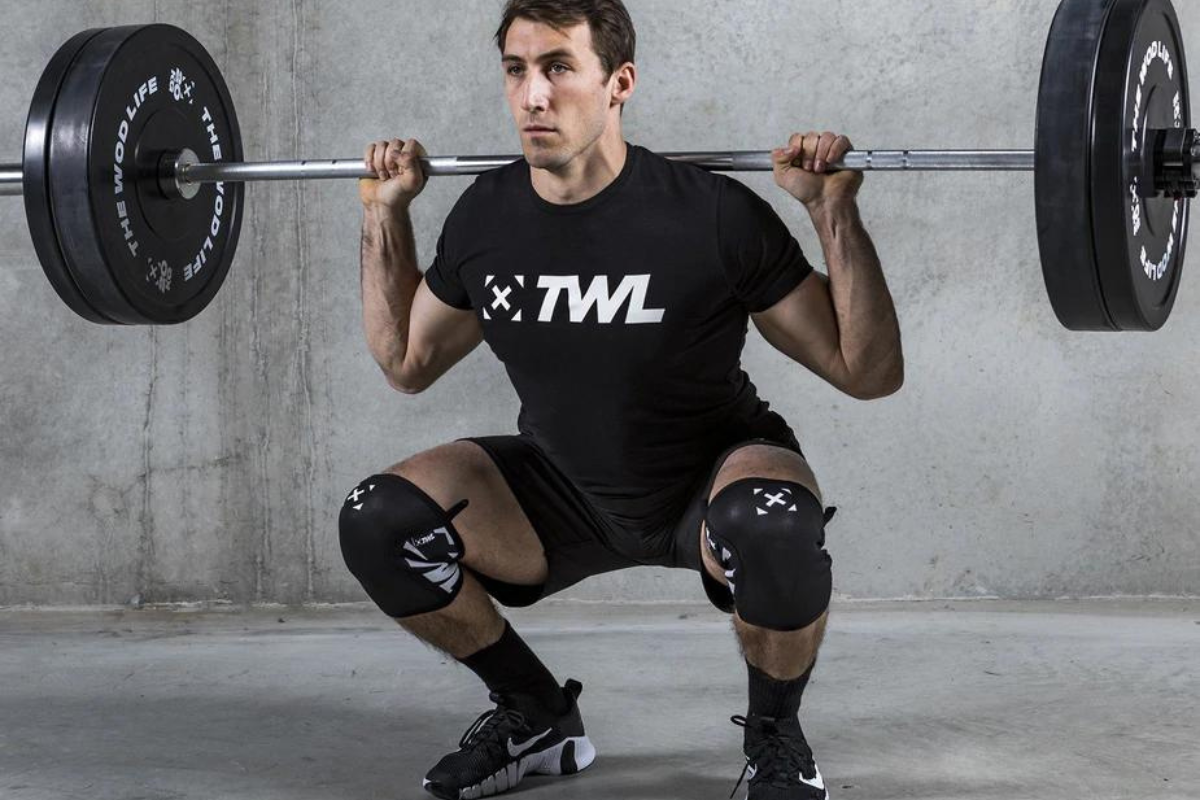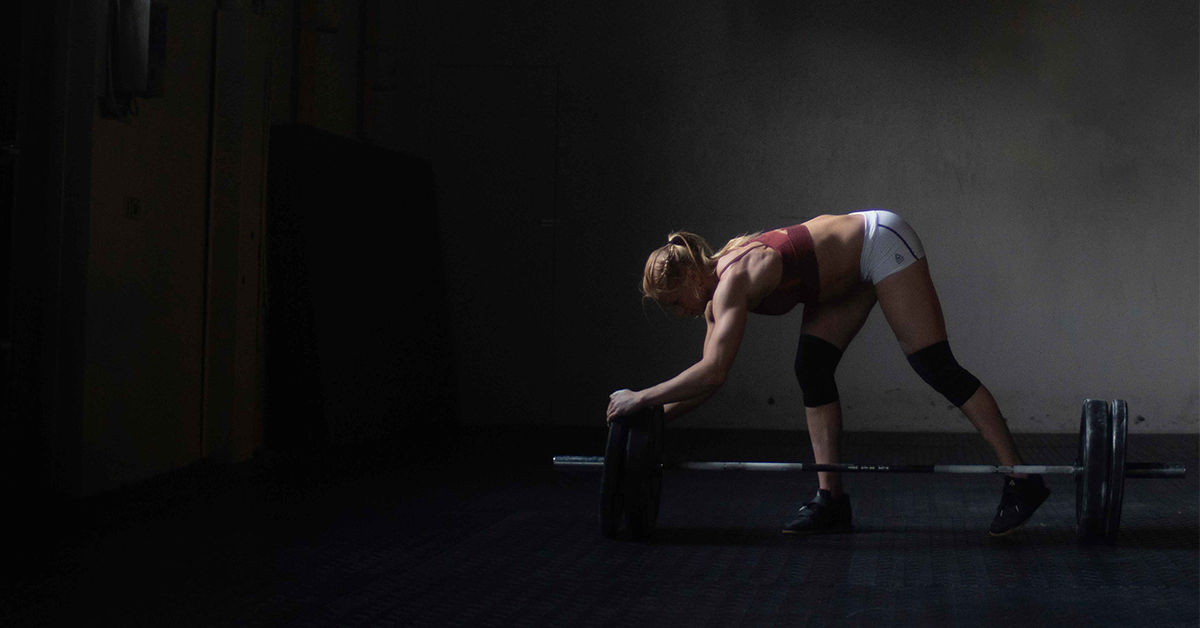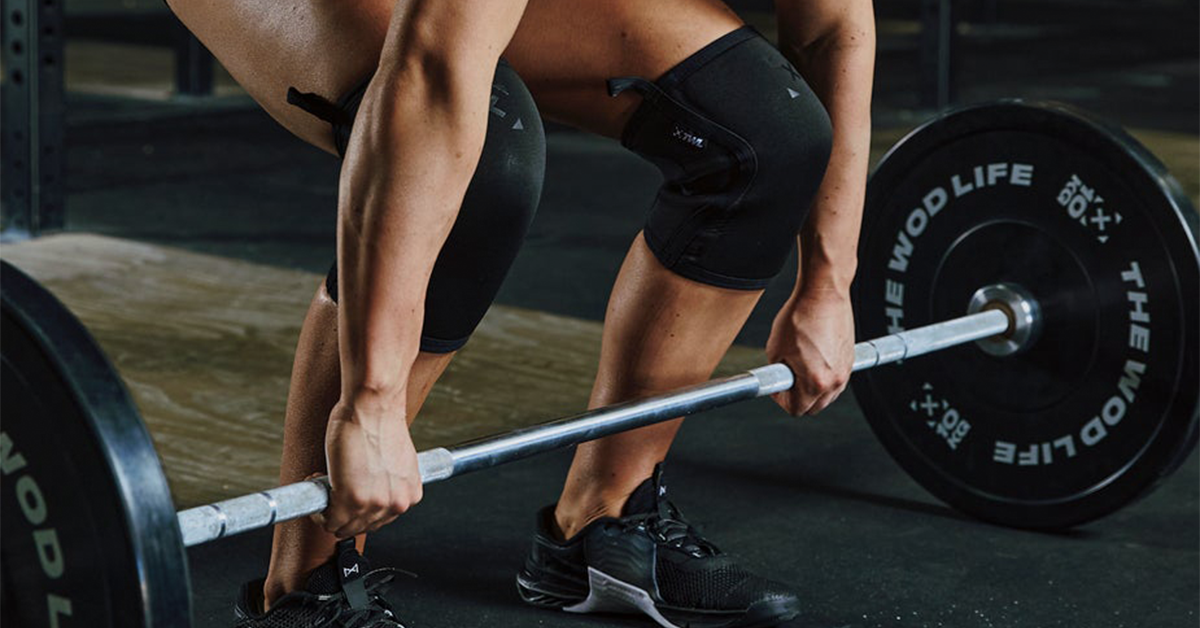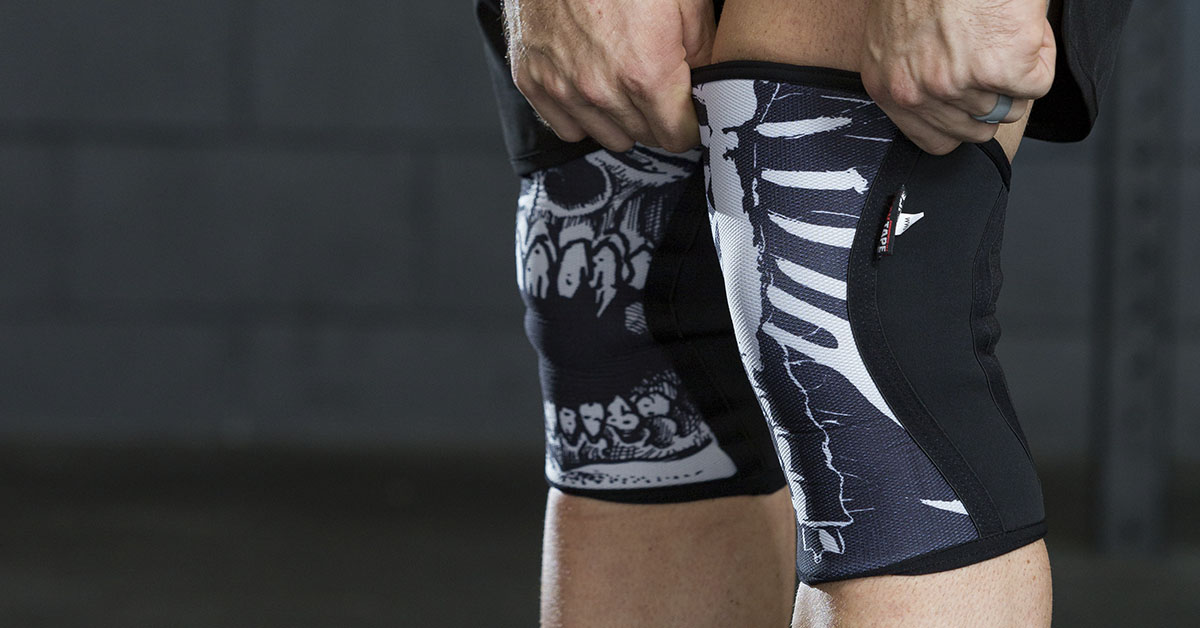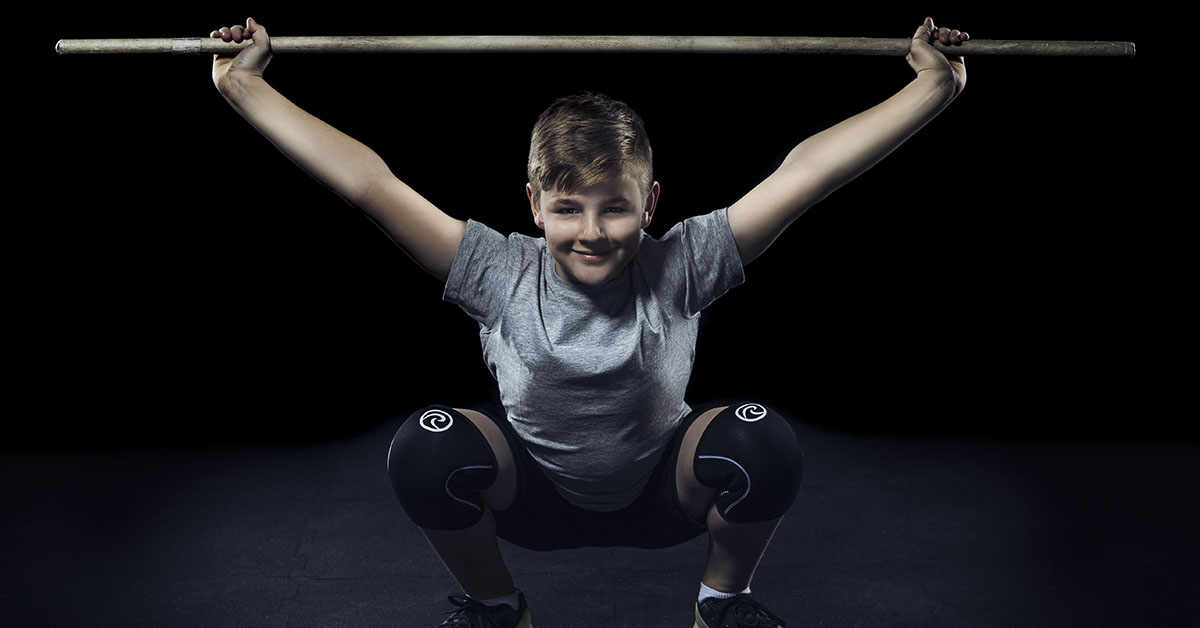The body was made to squat. But that doesn’t mean that loading a heavy barbell and taking it for a spin won’t do some damage to your joints. This is why you need knee protection for squats. But what exactly does that look like? What are your options, and how do they work? Let’s get into it!
Knee Protection for Squats: Knee Wraps vs Knee Sleeves
You have two main options when it comes to knee protection for squats: knee wraps and knee sleeves. Let’s talk about both, how they’re alike, and how they’re different.
First, how they’re alike: Both knee wraps and knee sleeves provide compression around the joint. Compression offers a few different benefits:
- The squeezing sensation makes you more aware of your positioning and movement.
- It reduces muscle movement, meaning you don’t have to work quite as hard to lift the same weight.
- It keeps the joints warm and lubricated, which can help you lift heavier, more safely.
- Compression can help to reduce swelling and delayed onset muscle soreness (DOMS).
Now that you know how they’re similar, what’s the difference between these two approaches to knee protection for squats?
Shop Now
Knee Wraps
Knee wraps are long strips of fabric commonly made out of the same elastic material that wrist wraps are designed out of. Athletes wrap them around the knee joint in a spiral or diagonal pattern. Since you wrap them yourself, you have more control over how tight they are. Knee wraps are especially popular among athletes who lift extremely heavy loads, like powerlifters.
The reason they’re so effective is that as you bend the leg, the wrap becomes tighter. This ultimately means that more energy is stored, which you can then use when you extend the leg once again. Picture a heavy squat. On the way down, the knee wrap supports you, especially in that bottom position, which is where you need the most help. When you’re ready to stand up, the tightness of the knee wrap will offer extra guidance and lift.
Another bonus of knee wraps is that because of how tight and restrictive they are and how you wrap them, they can potentially protect you better from injury. When you squat, you have a tendon in your quad that pulls on your kneecap. Knee wraps can reduce this pulling, helping you to avoid a detached tendon or torn quad muscles. Again, this is really only an issue for athletes moving seriously heavy weights.
Knee Sleeves
If you train in a functional fitness gym, then you’ve probably come across knee sleeves far more than knee wraps. This is gear that you stick your foot in and slide up your leg, placing it around the knee. Similar to knee wraps, sleeves provide compression and some level of restriction, although much less. They’re still going to give you a slight boost when it comes to heavy lifts and squats. Additionally, they keep the kneecap in place and give you a little extra lateral (meaning side to side) stability. These are some of the main benefits of knee sleeves.
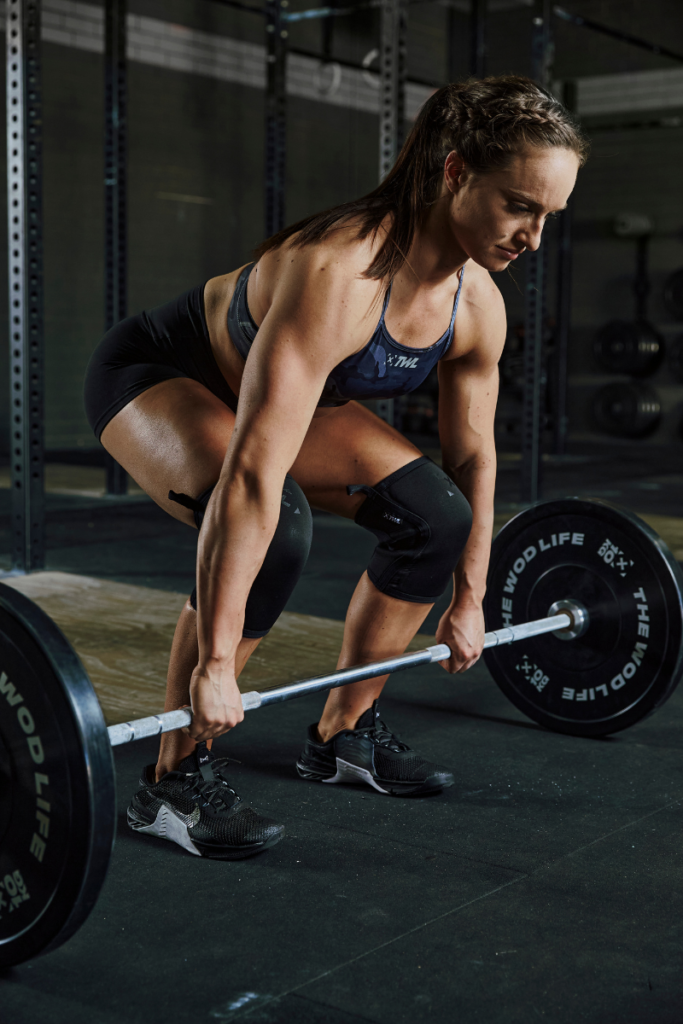
Knee sleeves come in different thicknesses. The thicker it is, the more compression and restriction it’s going to provide. Knee sleeves should fit tight, but not as tight as wraps. This is why they’re more appropriate for functional fitness and general, everyday training.
Very commonly, athletes use knee sleeves to protect the joint from wear and tear, damage, and injury. However, note that these are not knee braces! A brace is meant to offer protection after an injury and keep the joint from becoming further damaged. Knee sleeves cannot fix a joint that’s already injured, and it’s not a temporary bandage. It’s merely a layer of security. If you have knee issues, you should talk to your coach or physical therapist.
So, Should You Go with Knee Wraps or Knee Sleeves?
The answer: It depends!
If you’re a powerlifter, your training is very intense, and the goal is to lift as much weight as possible, you’ll probably find knee wraps to be more beneficial. For everyone else, knee sleeves are usually more than enough to get the job done. Some athletes mistakenly think that because knee wraps are more restrictive, they can benefit their lifts more — even if they’re not a powerlifter. But bear in mind that knee wraps are so restrictive that for athletes outside of powerlifting, they can actually make it harder to train. The reason that wraps are appropriate for powerlifters specifically is that they lift such extraordinarily heavy loads. They need that amount of compression, whereas the rest of us definitely do not.
Shop Now
Another important thing to remember? Wraps and sleeves complement your training. They do not replace your own strength and stability, and they aren’t a shortcut to lifting heavier or going for more reps. You should not be training in them 24/7! Gear like this (and weightlifting belts, too) have a time and a place. During your more moderate, everyday training, you likely don’t need them. It’s when you start to go heavier and need the extra support and protection that it’s smart to gear up. One of the best things you can do for your overall wellness and gains is build up your own raw strength.
When used properly, knee wraps and knee sleeves can be a very smart addition to an athlete’s training. Ready to grab a pair and take your training to the next level? Shop our selection of knee wraps and knee sleeves today, and go hard in the gym!

